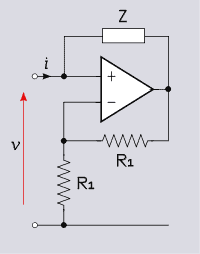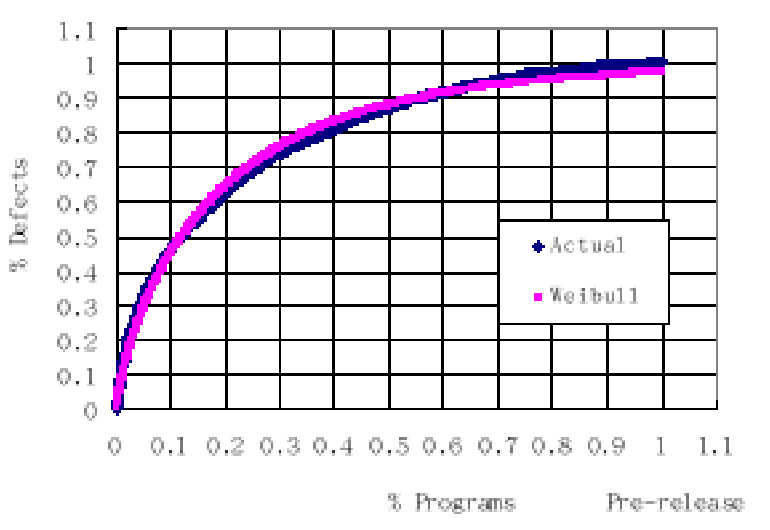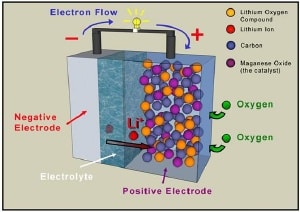Longtime Foresight associates may remember Robert Birge, then of Syracuse, who spoke at the very first Foresight Conference in 1989. He has just won the Connecticut Medal of Science for his work in photoactive biochemicals. Story here (Hartford Courant).
This website uses cookies so that we can provide you with the best user experience possible. Cookie information is stored in your browser and performs functions such as recognising you when you return to our website and helping our team to understand which sections of the website you find most interesting and useful.





